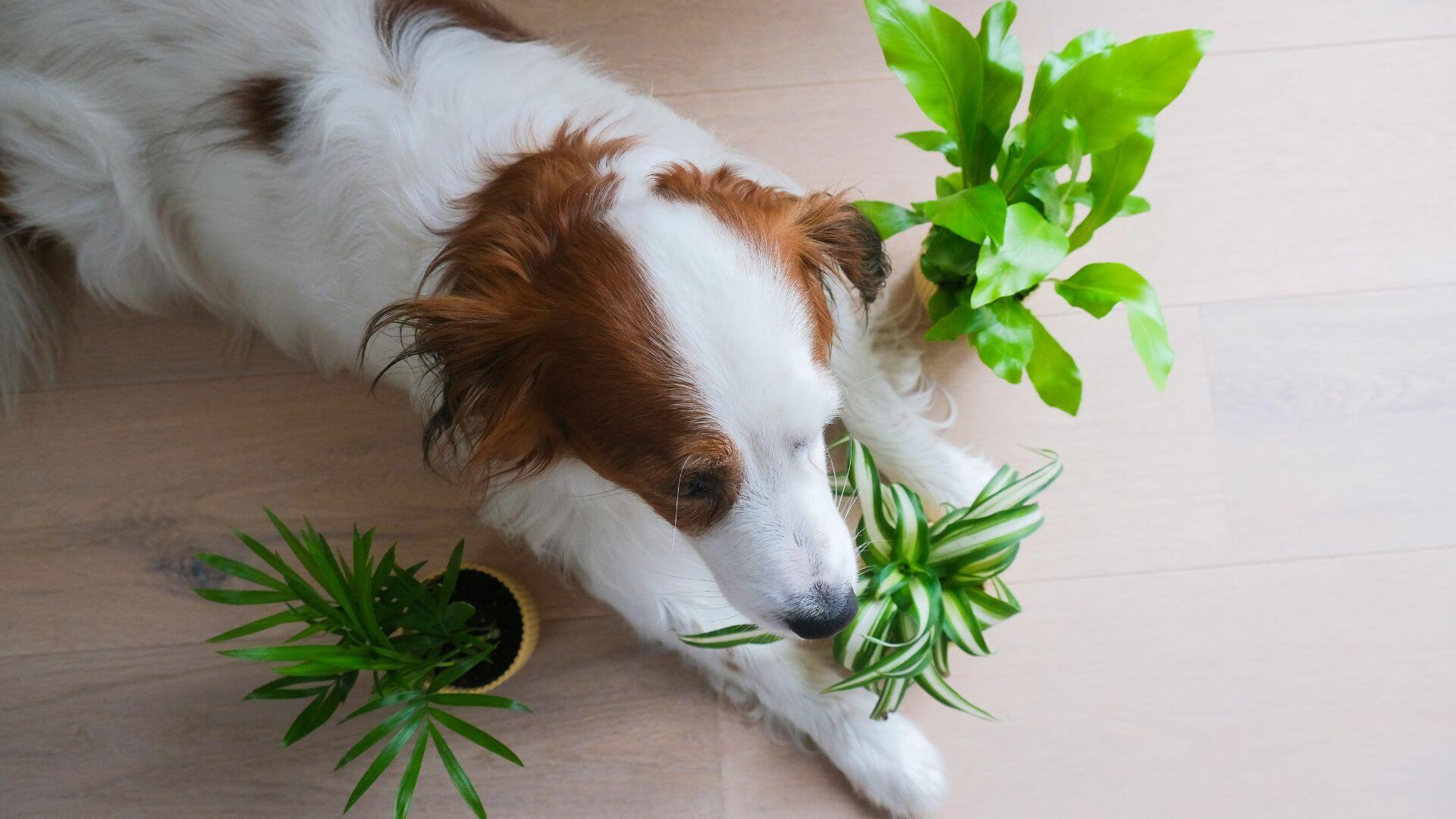
Pets and plants don’t always mix. Some houseplants look harmless, but they can make your dog or cat pretty sick. A few can even cause serious issues from just a small bite or skin contact. Don’t worry—you don’t have to ditch greenery altogether.
There are numerous pet-safe plants that look great and won’t cause any problems. Here’s a look at common toxic houseplants to keep away from pets, plus some safer swaps you’ll both feel good about.
Toxic: Aloe Vera

Aloe vera’s great to have around for scrapes and sunburns, but it doesn’t sit well with pets. The gel inside isn’t the issue—it’s the latex just under the skin. If your dog or cat chews on the leaves, it can lead to vomiting, diarrhea, and a sluggish afternoon on the couch. Even small bites can cause a mess. So if you’ve got curious paws in the house, it’s better to skip this one altogether.
Safe: Haworthia

Haworthia looks a lot like aloe, but it won’t cause trouble if your pet takes a curious nibble. It stays small, doesn’t need much water, and handles bright spots like a champ. The thick leaves feature cool, white stripes, so it still exudes a sculptural, modern vibe. You can group a few on a windowsill or tuck one into a tiny pot on your desk. Super low maintenance and safe for pets—this is an easy win all around.
Toxic: Clivia

Clivia adds a pop of color with its bright, tropical flowers, but it’s not safe for pets. The entire plant, blooms included, contains lycorine. That’s a compound that can make dogs or cats throw up or deal with a nasty round of diarrhea. It’s a pretty one, no doubt—but not worth the mess or vet visit.
Safe: African Violet

African violets bring a splash of color without the drama. The fuzzy leaves feel soft to the touch, and the flowers bloom in all kinds of shades—purple, pink, red, even white.
They don’t need much to stay happy, just a little water and decent light. You won’t have to worry about your cat or dog sniffing around either. Every part of the plant is non-toxic, which makes it an easy one to keep around.
Toxic: Asparagus Fern

Asparagus ferns look soft and delicate, but they can be rough on pets. The leaves hide tiny thorns, and the sap can cause itchy skin or a rash. The berries are the bigger issue—they’re small, bright, and easy for pets to grab.
If consumed, they can cause vomiting or diarrhea. It might seem harmless sitting on a shelf, but curious pets don’t always leave plants alone. Best to skip this one if you’ve got sniffers and snackers around.
Safe: Boston Fern

Boston ferns have that soft, shaggy look that makes a room feel cozy. The frilly green leaves fill out nicely and look great hanging or sitting in a corner. They like humidity, so bathrooms or kitchens work well. They don’t require much light, and they’re relatively low-maintenance overall. The best part? They’re totally safe for pets. No stress if your cat swats at the leaves or your dog takes a curious sniff.
Toxic: Monstera

Monstera plants get a lot of love for those big, holey leaves. They stand out in any space and give off a fun, tropical feel. But if your cat or dog takes a bite, it won’t go well. The leaves contain calcium oxalates, which can cause mouth irritation, drooling, and even trouble swallowing. It doesn’t take much to trigger a reaction, so it’s one to skip if you’ve got curious pets who like to nibble.
Safe: Christmas Cactus

Christmas cacti light up your home with their bright blooms during winter. They don’t ask for much—low light and a bit of care keep them happy. These plants also grow easily from cuttings, so you can have plenty around. They’re totally safe for your pets, too. That means you get festive color without any worry about your cats or dogs nibbling on something harmful.
Toxic: Peace Lily

Peace lilies are pretty common in homes, and they look great with their glossy leaves and white flowers. So, they’re popular, but they can cause trouble if pets take a bite. The plant has calcium oxalates, which can lead to irritation and burning around the mouth and tongue.
Pets might also have trouble swallowing. It’s one to keep out of reach if you want to avoid any uncomfortable moments for your furry friends.
Safe: Hibiscus

Hibiscus plants bring a burst of tropical color that really livens up any space. They do best with plenty of sunlight and temperatures between 55 and 70 degrees. While they might take a bit of attention to grow well outside warm climates, they’re safe around pets. You get those bright, beautiful blooms without worrying about your furry friends getting into trouble.
Helping Pets and Plants Share Your Space

Keeping pets away from toxic plants starts with setting clear boundaries. Put harmful plants out of reach or behind closed doors. Cover the soil with pebbles or shells to stop digging.
Offer your pets chew toys or designated spots to satisfy their curiosity. Using sprays like Bitter Apple can also discourage chewing. Small changes like these make a big difference for both your plants and furry friends to live comfortably together.
